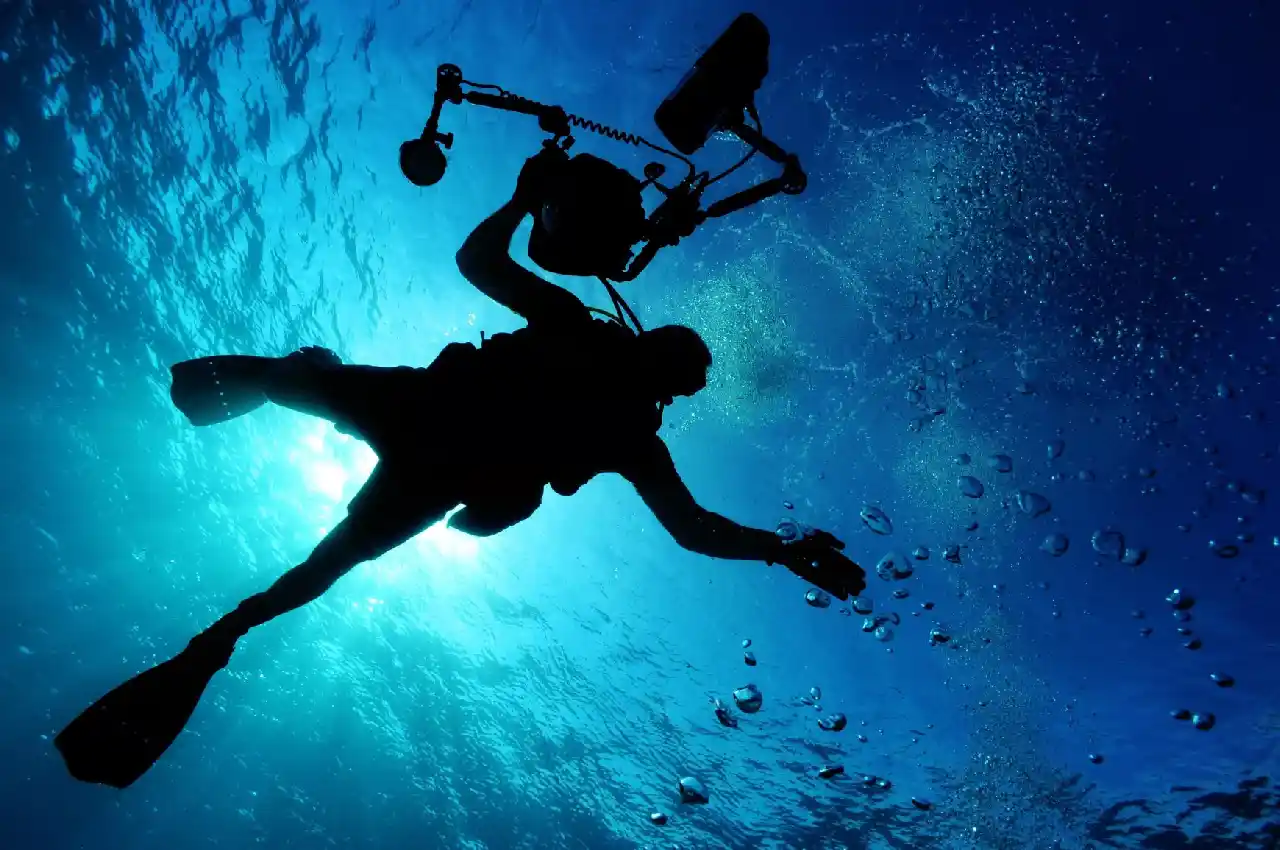NEWS
Is Scuba Diving Dangerous?

There are six million active scuba divers in the world, which shows how many of us love exploring the deep.
Learning the potential risks is essential for honing your safety skills and boosting your confidence underwater. But if you’re new to the sport, it can feel overwhelming knowing what you should and shouldn’t do. Maybe it’s that curiosity that brought you here; you want to try scuba diving but aren’t sure if it’s dangerous.
If that sounds like you, you’ve come to the right place. Here’s the answer to your burning question: “Is scuba diving dangerous?”
Understanding the Risks
Before you book an adventure with Roatan Scuba Diving, it’s important to know the potential risks. Know that with enough preparation and understanding of the rules, it’s unlikely that you will experience any of the following: Such as:
Poor Buoyancy Control
A common issue with scuba divers is poor buoyancy control. This happens when you don’t consider how pressure affects your ascent or descent, which could potentially put you at risk. To prevent any issues, enroll in scuba diving classes and get comfortable with buoyancy control before embarking on your first expedition.
Potentially Dangerous Marine Life
Regardless of how confident you are at diving, always be mindful of marine life. A good rule of thumb is learning about local species, so that there are no surprises. For instance, there are over 1,200 venomous fish that you may be unaware of, so ask your instructor about which sea creatures to avoid.
Decompression Sickness
Otherwise known as “the bends,” decompression sickness is every diver’s worst nightmare. This is when you breathe compressed air and your body’s tissue absorbs extra nitrogen. The problem is that when your body has too much nitrogen as your surface, bubbles form and may cause decompression sickness.
Symptoms include joint pain, numbness, and tingling. Others include muscular weakness and an inability to relieve your bladder.
Drowning
Although decompression sickness is the most common issue, you can’t ignore the risk of drowning. Fatalities often happen because the driver panics or has a pre-existing health condition that intensifies on the dive. The best way to prevent this is by completing your PADI certification and practicing descending until you’re confident.
Arterial Air Embolism
Divers may also suffer from aerial air embolism, which is an artery blockage. Often, divers experience this when bubbles form in their arteries during an ascent and block blood flow. Luckily, this rarely happens and can be stopped with sufficient training.
Nitrogen Narcosis
Many divers who have experienced nitrogen narcosis say that it’s like being dizzy or drunk. This only happens at a deeper depth, often between 80 to 100 feet beneath the surface. Although it’s not fatal and doesn’t cause permanent damage, you may find it harder to make decisions underwater.
As a result, divers must receive additional training after 60 feet, so you needn’t worry about suffering nitrogen narcosis when you start out.
Triggering Pre-existing Health Conditions
You may have a wealth of scuba diving safety knowledge, but that won’t help if you have pre-existing health conditions. Before starting your training, you’ll receive a questionnaire where you must declare any current medical conditions. Common ones include asthma, heart disease, and a history of seizures.
How to Be Safe Scuba Diving
Like with all water sports, there are rules you must follow. Luckily, once you’ve learned these, you’ll enjoy a safe, fulfilling experience with your scuba pals. For instance:
Get Certified
No reputable diver will let you descend unless you’re certified.
Find a local diving center that is certified by the Professional Association of Diving Instructors (PADI) where you can complete your training. The beauty is that it never expires and it’s viable all over the world, opening you up to incredible possibilities. If you do need a refresher course, though, there are many available for peace of mind.
Familiarize Yourself With the Equipment
During your training, the instructor will give you a breakdown of the scuba diving gear. It’s crucial that you’re comfortable putting on the gear and knowing how each component works. You should also learn to use your dive computer, so you know when to ascent.
Never Hold Your Breath
The golden rule of diving is to never hold your breath. When we dive, the volume and pressure in our lungs change, depending on the depth. The only way we can combat any pressure-related issues is by consistently breathing as it lets the air escape, rather than expand in our lungs.
Always Use the Buddy System
Even the most experienced divers follow the buddy system on every dive. Although diving is generally safe, you need another pair of eyes to spot potential issues. For instance, your buddy may notice that there’s an issue with your tank or that you’re close to a fast-moving current, so always remember scuba diving is a team sport.
End the Dive if You’re Uncomfortable
You may not be feeling 100% on a dive and that’s okay. If you think it’s hampering your performance, let your scuba buddy know and they’ll end the dive. Simply stay calm, signal to the group that you’re ascending, and rise slowly to the surface.
Is Scuba Diving Dangerous?
Now you know the answer to “Is scuba diving dangerous?”, it’s time to try it.
The key to a successful scuba trip is getting certified and always going with a buddy or group. You should also know when to sit out, whether it’s because you’re unwell or aren’t comfortable on the expedition. Happy diving!
If you enjoyed this article, know that there are plenty more to choose from. Browse the rest of our blog for more informative posts.
Having completed my education in English, I’ve cultivated a successful career as a content writer. My tenure includes valued collaborations with distinguished professional organizations, reflecting my commitment to producing high-quality content.
Contact me on this mail: [email protected]










